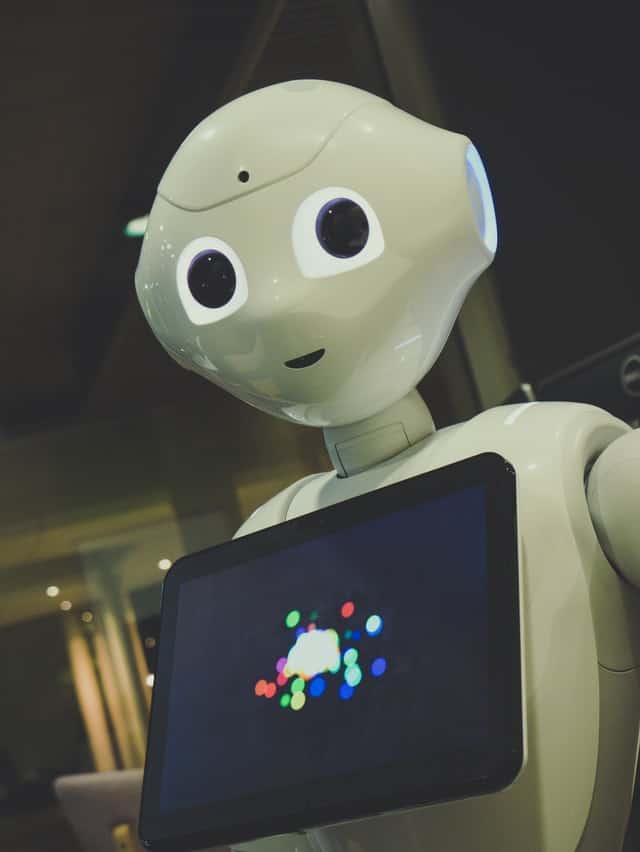Although robotics can often conjure up images of robots taking over the world, the reality is far less sinister. In fact, it’s quite the opposite.
It’s now been proven that robotics are a great way for children to learn STEM subjects such as science, technology, engineering and math’s. This is especially beneficial for young girls, as women only make up 24% of the STEM workforce. By teaching younger generations robotics, the hope is that more bright youngsters will go on to have careers in STEM subjects.
But have you ever wondered what else you can learn from robotics? If so, read on.
What are the benefits of teaching robotics?
Firstly, robotics are fun! There aren’t many things more exciting than programming your own robot. Although programming a robot does take a lot of concentration and problem solving, it’s a fun way to get children to think outside the box and learn core subjects in a fun, engaging way.
Not only this, but they also test problem solving skills, teamwork and even help build confidence. When children realise they can make mechanical devices by themselves, it provides a real confidence boost – and rightly so!
If that wasn’t enough, teaching children robotics makes our children’s futures more secure. According to research, there are now 870,823 drones registered in the US. This high demand for drones means that companies are in need of programmers – and who better to do it than the next generation of youngsters?
Why is teaching robotics becoming more and more popular in Africa?
Robotics is aimed at helping young children to learn new soft skills such as problem solving and collaboration as well as skills in different STEM subjects. That’s why 200 schools in South Africa will be piloting having robotics on the curriculum.
But it’s not just the schools that are encouraging robotics. Some companies are also getting very involved in encouraging tech education. This is the case of OKdo, that donated 5000 micro:bits all around the world.
Richard Curtin, the Co-Founder at OKdo, responsible for donating 5,000 micro:bits to schools all around the world, said: “We believe that computer science is an important element of STEM education in the 21st century and that giving more children across the world the opportunity to learn digital skills, and understand the design engineering process, will be highly advantageous to all society in the future.”
The bottom line is that robotics is gaining momentum and are here to stay. From encouraging young girls to take up STEM subjects, to boosting confidence, to just being a fun way to learn – it’s no wonder so many schools and companies are on a mission to get kids involved in robotics.
With technology such as micro:bits growing in popularity – if you haven’t already – why not get your kids a micro:bit and see what they can achieve?














